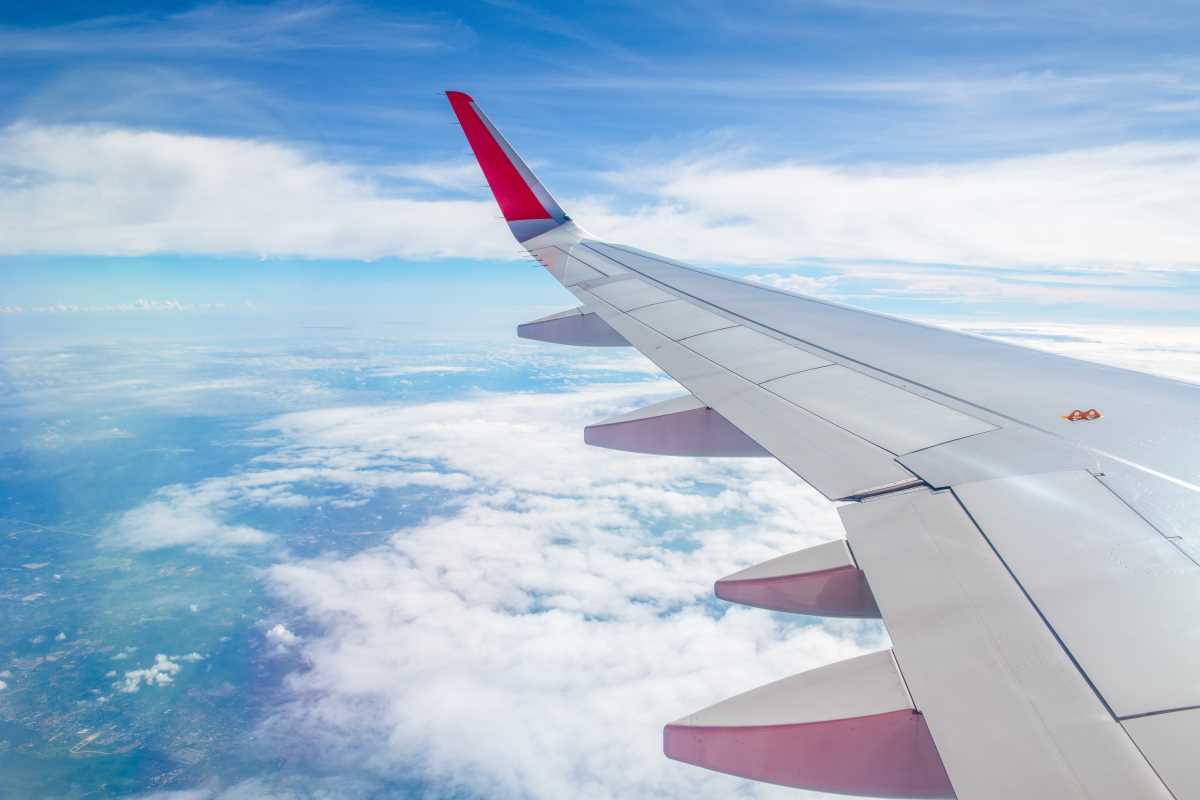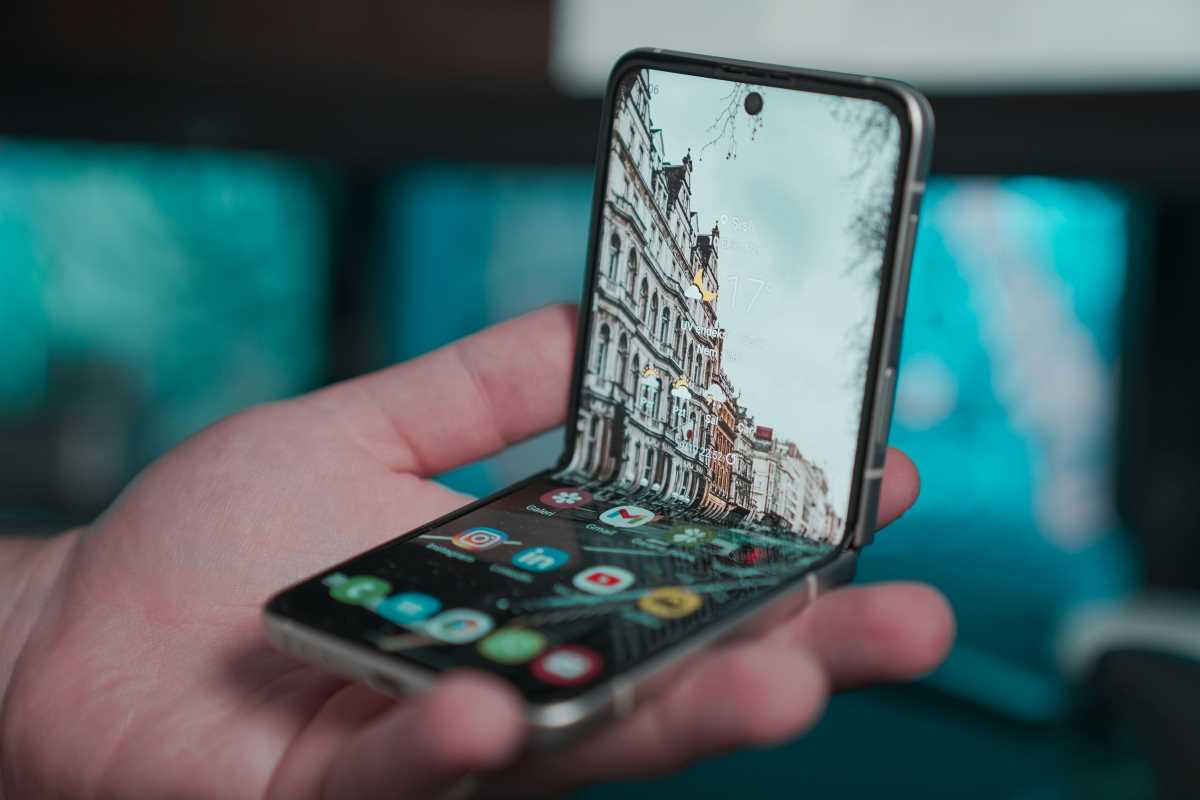Traveling abroad is undoubtedly exciting. From exploring new cultures to trying unique cuisines, a trip overseas often feels like a dream come true. But if there’s one thing that can put a damper on your international adventure, it’s the headache of currency conversion. Between exchange rates, hidden fees, and confusing options at every turn, it’s easy to feel like you’re losing money before you’ve even splurged on your first souvenir.
The good news? Currency conversion doesn’t have to be complicated or expensive. With the right strategies, you can avoid getting nickled-and-dimed by banks, exchange kiosks, and credit card companies while making your money stretch further. Whether you’re traveling for work, leisure, or a little of both, these tips will help you master the fine art of currency conversion and keep more cash in your pocket.
1. Understand How Currency Exchange Works
Before you can outsmart expensive conversion traps, you need to understand how currency exchange works. When you exchange money, you’re essentially swapping one country's currency for another. The tricky part is that this swap comes with a catch: the exchange rate.
What’s an Exchange Rate?
An exchange rate tells you how much of one currency you can get for another. For example, if the exchange rate between 1 US dollar (USD) and Euros (EUR) is 0.90, it means $1 gives you €0.90. Sounds simple, right? Not quite.
Banks, money changers, and credit card providers all set their own exchange rates, typically adding markups or fees on top to profit from the transaction. These extra fees are often hidden in “convenient” offers, which means you’re losing money without even realizing it.
Key Tip:
Research exchange rates before your trip using apps like XE or OANDA. This gives you a baseline for spotting unfair rates when exchanging money.
2. Skip Airport Exchange Kiosks
You’ve just landed at your destination and spot an exchange kiosk glowing with “Currency Exchange” signs. It’s tempting to exchange your money right away, but resist the urge. Airport exchange kiosks are notorious for offering some of the worst rates and highest fees.
Why Airport Rates Are Bad:
- Hefty Markups: Airports know they’re convenient, so they hike the rates.
- Service Fees: Many kiosks sneak in additional fees, further chipping away at your funds.
- Limited Options: Since competition is low inside airports, they have no incentive to offer competitive rates.
Better Alternatives:
- Exchange a small amount before leaving home for emergencies.
- Withdraw cash from an ATM at your destination (more on this later).
- Use a debit or credit card with no foreign transaction fees for initial expenses until you can find a better exchange option.
3. Use ATMs Wisely
ATMs can be the most convenient way to get local currency when traveling. They usually offer better exchange rates compared to in-person currency exchange services. That said, they’re not completely free of fees.
ATM Hacks for Travelers:
- Find Partner ATMs: Many banks partner with international networks to provide lower or no fees for withdrawals abroad. Check with your bank to see if they have a global ATM alliance.
- Withdraw Larger Amounts: ATM fees are often flat rates, so taking out more at once minimizes per-dollar costs.
- Avoid Dynamic Currency Conversion: Some ATMs will ask if you want the transaction to be processed in your home currency rather than the local one. Always choose the local currency to avoid inflated exchange fees.
Pro Tip: Notify your bank before traveling to avoid getting your card flagged for “suspicious activity.”
4. Credit Cards Are Your Friend (If Used Correctly)
Your credit card can be one of the best tools for making purchases abroad, but only if you use it wisely. Many cards offer favorable exchange rates compared to cash or currency exchange services, but some charge hefty foreign transaction fees.
Tips for Using Credit Cards Abroad:
- Get a No-Foreign-Transaction-Fee Card: Cards like the Chase Sapphire Preferred or Capital One Venture Rewards waive this fee, saving you 1-3% on every purchase.
- Pay in Local Currency: Similar to ATMs, some card machines will ask if you want to pay in your home currency (e.g., USD). Decline this option to avoid costly conversion fees.
- Use Credit for Big Purchases: Hotels, car rentals, and expensive meals are ideal for credit cards since you’ll likely get a better rate.
Bonus Hack:
Look for cards that also provide travel insurance benefits or access to airport lounges, which can save you money in other areas of travel.
5. Don’t Exchange More Than You Need
It’s easy to overestimate how much local currency you’ll need and quickly find yourself stuck with leftover cash at the end of your trip. Exchanging money back to USD often comes with poor rates, so it’s best to avoid this scenario if possible.
How to Budget Your Currency:
- Start Small: Exchange or withdraw only enough cash for 2-3 days of expenses.
- Track What You Spend: Use apps like Splitwise or Mint to monitor daily expenses and avoid taking out more cash than necessary.
- Save Receipts: Having a record of how much you’ve spent in local currency makes it easier to assess how much more you’ll need for the rest of the trip.
If you do end up with extra cash, try to spend it on last-minute essentials or keep it for a future trip if you’re likely to return.
6. Be Careful with Traveler’s Cheques
Once a traveler’s go-to option, traveler’s cheques have largely become outdated. They’re inconvenient, and fewer businesses or banks accept them now, especially in modern destinations.
When They Might Be Useful:
- For trips to countries with unstable banking systems or limited ATMs.
- As a safety backup for emergencies if all else fails.
However, in most cases, you’re better off carrying a mix of credit cards and local currency.
7. Leverage Currency Exchange Apps and Tools
Technology makes currency conversion easier than ever. Several apps and tools can simplify the process of finding the best exchange rates or tracking your spending abroad.
Recommended Apps:
- XE Currency: Real-time conversion rates at your fingertips.
- Wise (formerly TransferWise): Great for transferring money internationally or holding multiple currencies in one account.
- Google Currency Convertor: A quick and accurate option for casual reference.
Knowing the current rate empowers you to avoid unfair offers and make smarter financial decisions.
8. Negotiate in Cash-Heavy Economies
Some countries, especially in Southeast Asia or South America, operate on cash-based transactions. While it’s great to carry local currency, negotiating your final price is often part of the culture.
Tips for Negotiating Prices:
- Be polite and keep a smile on your face.
- Start with a lower offer and slowly work your way up to a fair middle ground.
- Always carry smaller denominations of cash, as some vendors may not have change for larger bills.
Mastering cultural norms around negotiation can also save you money on hotels, tours, and shopping.
9. Watch Out for Hidden Fees
Hidden fees can sneak into your trip in several ways, from less-obvious ATM withdrawal charges to credit card surcharges imposed by certain vendors. Always keep an eye out for these added costs.
Hacks to Avoid Hidden Fees:
- Know your bank’s international withdrawal fee before you leave.
- Check for hidden service fees at currency exchanges.
- When using payment apps internationally, confirm their conversion markup percentages.
A little homework now can save you a lot of frustration later.
.jpeg) (Image via
(Image via





